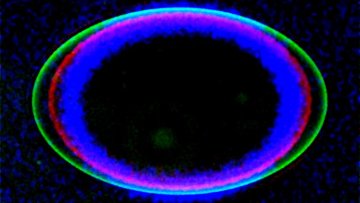Quasi-optimal stability estimates for the hp-Raviart-Thomas projection operator on the cube
Abstract
Stability of the hp-Raviart-Thomas projection operator as a mapping H^1(K) -> H^1(K) on the unit cube K in R^3 has been addressed e.g. in [2], see also [1]. These results are suboptimal with respect to the polynomial degree. In this talk we present quasi-optimal stability estimates for the hp-Raviart-Thomas projection operator on the cube. The analysis involves elements of the polynomial approximation theory on an interval and the real method of Banach space interpolation.
(Joint work with Herbert Egger, TU Darmstadt)
[1] Mark Ainsworth and Katia Pinchedez. hp-approximation theory for BDFM and RT finite elements on quadrilaterals. SIAM J. Numer. Anal., 40(6):2047–2068 (electronic) (2003), 2002.
[2] Dominik Schötzau, Christoph Schwab, and Andrea Toselli. Mixed hp-DGFEM for incompressible flows. SIAM J. Numer. Anal., 40(6):2171–2194 (electronic) (2003), 2002.


